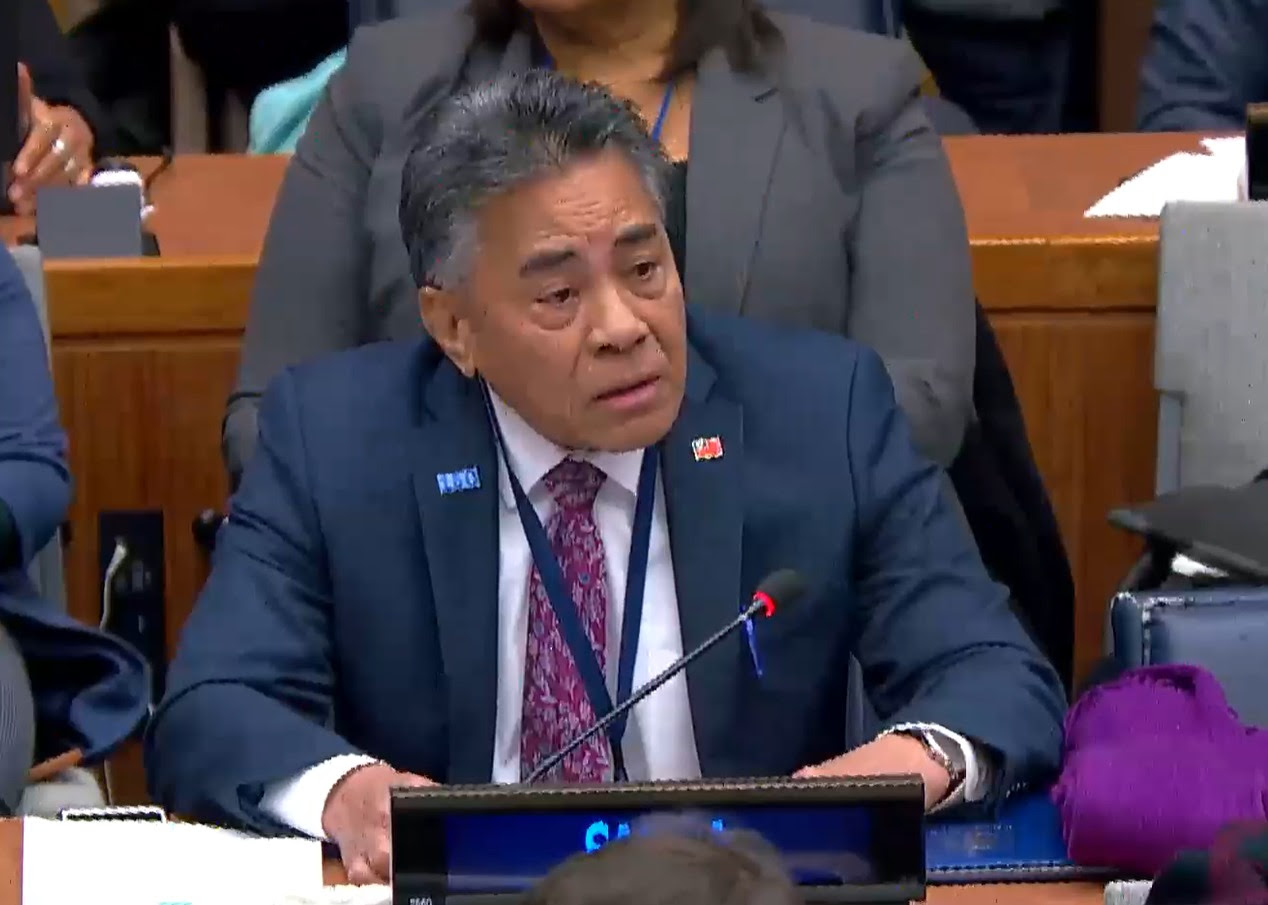More than 15 institutions came together in San José, Costa Rica, to present the Report on the Situation and Outlook for the Bioeconomy in Latin America and the Caribbean, a comprehensive overview of the subsector’s status and the opportunities it offers, which they classified as a strategic commitment for national development. The Director General of the Inter-American Institute for Cooperation on Agriculture (IICA), Manuel Otero, also took part in the activity.
A group of institutions including the Inter-American Development Bank (IDB), the Biodiversity Finance Initiative (BIOFIN) of the United Nations Development Programme (UNDP), FONTAGRO, the Tropical Agriculture Research and Higher Education Center (CATIE), the Alliance of Bioversity International-CIAT, the Amazon Cooperation Treaty Organization (ACTO) and Oregon State University, with IICA at the helm, worked together for more than a year to prepare the document, which is also a reflection of their collective commitment to addressing current challenges and advancing towards sustainable development.
José Vicente Troya, the UNDP’s Representative in Costa Rica, and Manuel Otero, Director General of IICA, were the opening speakers at the event, in which senior Costa Rican government officials, members of the diplomatic corps, representatives of international agencies, and business chambers took part.
Although definitions of the bioeconomy vary, all include key elements such as the important role of science, technology and innovation, the use of biological principles and resources, and an emphasis on environmental sustainability and the cascading value-added approach.
The report is intended to be used as a guide by policymakers, academics, support organizations, and society in general. It is a valuable source of information designed to raise awareness and support decision-making, as it provides inputs for the formulation and implementation of public policies, and promotes collaboration among regional institutions.
The bioeconomy in Latin America and the Caribbean has enormous potential, as the region holds 40% of the world’s biodiversity and six of its countries have been classified as megadiverse. In addition, 33% of its territory is made up of protected natural areas and 24 of its nations have institutions dedicated to promoting innovation in agriculture and agrifood systems.
The report analyzes the status and outlook for the progress of the bioeconomy in the region in terms of technology and production, evaluates the instruments for realizing the bioeconomy’s potential, and contains a special chapter on the outlook for bio-enterprises.
The authors stress and explain why the bioeconomy is an ongoing process, with major advances on several fronts that are having significant economic, social and environmental impacts in the region.
New development model
“We have to constantly check our compass to be sure we are headed in the right direction. For UNDP it is an honor to be part of this group of more than 15 institutions that have shaped this important document which establishes the conditions required for us to embark on transformation processes,” Troya explained.
The UNDP Resident Representative in Costa Rica said it is crucial to identify low or zero-carbon pathways towards prosperity that transform the power relations that have damaged the environment and affected the living conditions of women and vulnerable groups such as indigenous peoples.
“Our activities continue to heat up the planet and our actions to counteract it are insufficient. Given the uncertainty generated by the global outlook, the bioeconomy must be one of the pillars of the innovative pathway that promotes sustainable use of natural resources,” Troya concluded.
Manuel Otero underscored that Latin America and the Caribbean is the largest net food-exporting region in the world, with the data suggesting that the continent’s agriculture is set to be a key factor in global food security and environmental sustainability.
“The not-so-good news is that our agriculture is heavily linked to the production of commodities, and that we are the most vulnerable to climate change. But we’re all entitled to dream that our agriculture has a huge future and must translate into a better quality of life for all rural dwellers,” he added.
Otero said that IICA is totally convinced that the bioeconomy is the way forward, as it constitutes a renewed approach, one that seeks to intensify the use of biological resources through the construction of bridges between agriculture and the environment.
“We must be clear,” he observed, “that with the industrialization of biological resources we can position ourselves in a very different way in the world. The process has been underway for many years, almost without us realizing it.”
Hugo Chavarría, Manager of IICA’s Hemispheric Innovation and Bioeconomy Program, explained that the region has taken enormous steps with new advances in the bioeconomy, such as biofuels, biorefineries, biotechnology, sustainable use of biodiversity, nature tourism and sustainable intensification.
“But these efforts are not enough. We have to speed up the construction of the bioeconomy agenda, which includes increased investment and financing, capacity building, and improved strategies, policies and regulatory frameworks,” Chavarría said.
The activity included panel discussions in which experts from the institutions that worked on the document discussed innovations and undertakings in the bioeconomy, ecosystem services and sustainable intensification, policies and financing.
Roger Madrigal, from CATIE, highlighted the region’s potential in terms of natural resources and agricultural production, although he also focused on the obstacles: “There is a historical tension between ecosystem conservation and economic growth. We must extend bioeconomy practices that increase productivity with appropriate use of inputs and natural resources.”
Gustavo Crespi, from the IDB, gave details of the undertakings supported by his financial institution in countries of the region, underlining the successful case of a Peruvian company that produces balanced foods from leftovers of rice with seafood, which are abundant in restaurants in Lima. “We realize,” he acknowledged, “that innovation is not enough. Other public goods and inputs are required to facilitate the task of entrepreneurs in Latin America and the Caribbean.”
The Informe de situación y perspectivas de la bioeconomía en América Latina y el Caribe (Report on the Situation and Outlook for the Bioeconomy in Latin America and the Caribbean) is available at https://repositorio.iica.int/




